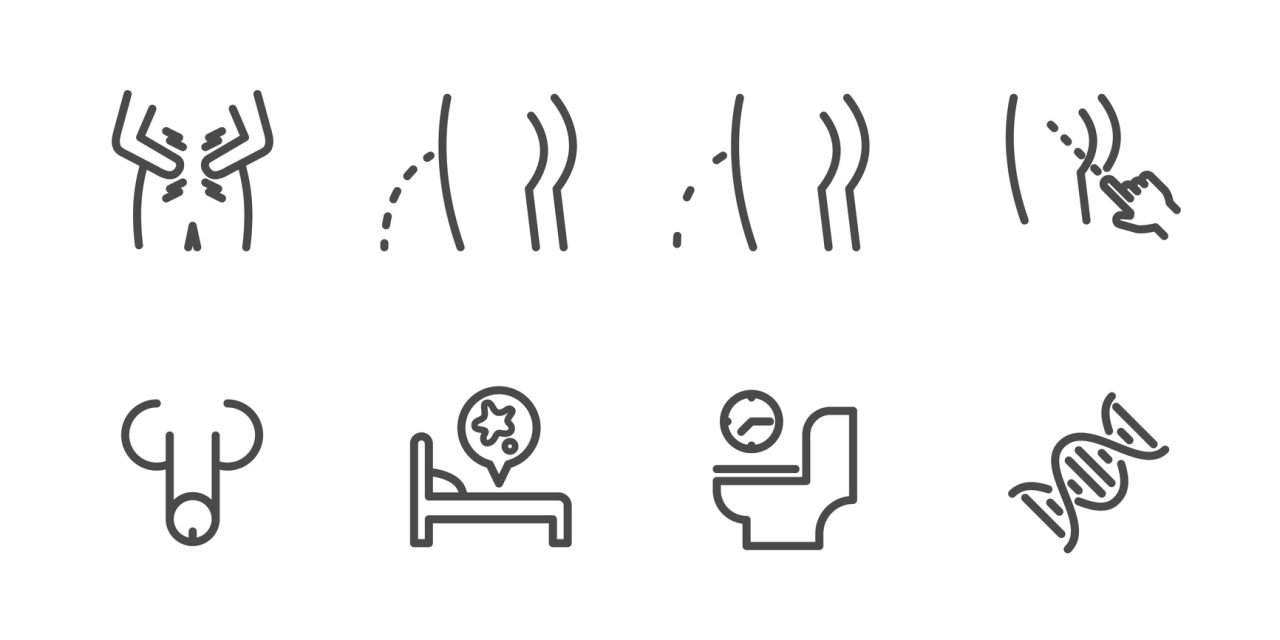Dehydroepiandrosterone sulfate (DHEAS) has been reported to be associated with sexual function and general psychological health respectively, however, no one has ever examined their mutual relationships in a single study.
The aim of the present study was to find out whether DHEAS, general psychological health, and erectile function were all associated with each other.
A cross-sectional study was conducted on 34 patients with erectile dysfunction (ED) and 32 healthy controls (HC). The levels of serum DHEAS were assessed by chemiluminescence method. Erectile function and general psychological health were measured by International Index for Erectile Function-5 (IIEF-5) and General Health Questionnaire 20(GHQ-20) respectively.
The primary outcome measure of this study was the mutual correlations of serum DHEAS levels, general psychological health and erectile function.
Compared to HC, patients with ED had a significant lower serum levels of DHEAS (6.43 ± 2.70 μmol/L vs 9.48 ± 2.82 μmol/L, P < .001) and higher scores on GHQ-20 (35.06 ± 8.56 vs 24.97 ± 2.55, P 28) (OR = 6.921, 95% CI = 1.821-26.305, P = .005) were significantly associated with ED. However, no significant association between psychological distress and serum levels of DHEAS was found (OR = 0.798, 95% CI = 0.623-1.021, P = .072) after controlling for ED. Partial correlation analysis revealed that both scores of GHQ-20 (r = -0.595, P < .001) and DHEAS (r = 0.450, P < .001) were significantly correlated with scores of IIEF-5, while no significant relationship was found between scores of GHQ-20 and DHEAS (r = 0.116, P = .363) after controlling for scores of IIEF-5 and age.
Both serum levels of DHEAS and general psychological health are significantly associated with erectile dysfunction in sexually active adult men but the relationship between general psychological health and erectile function seems to be independent of DHEAS. Li K, Liang S, Shi Y, et al. The Relationships of Dehydroepiandrosterone Sulfate, Erectile Function and General Psychological Health. Sex Med 2021;XX:XXXXXX.
Copyright © 2021 The Authors. Published by Elsevier Inc. All rights reserved.
The Relationships of Dehydroepiandrosterone Sulfate, Erectile Function and General Psychological Health.


